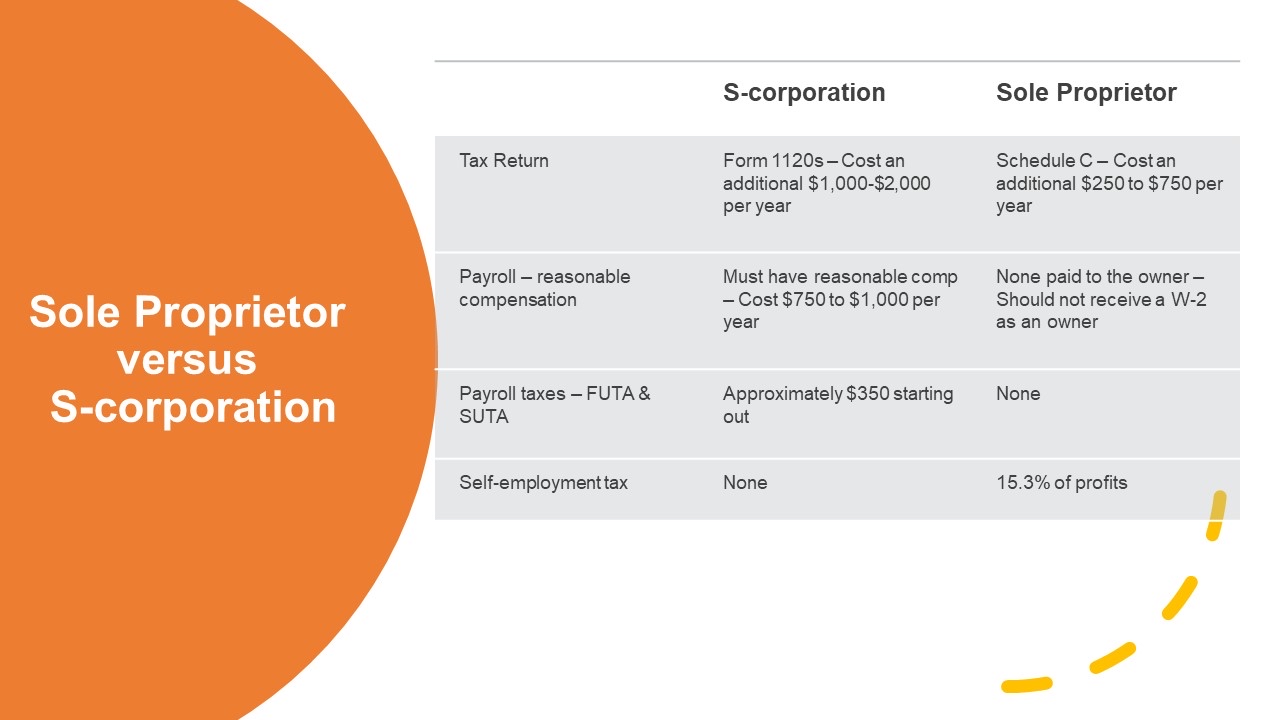8 Funding Options for Small Businesses
Starting and maintaining your own business is no easy task. Money—or lack thereof—can be a major issue. When it comes to funding options for small businesses, here are eight viable options to consider.
Banks
Banks are good funding options for small businesses that usually offer competitive terms and low interest rates. However, bank loans can be hard to qualify for.
Qualified applicants could receive typical business loans, equipment loans or commercial real estate loans, for example.
SBA loans
SBA loans are federally backed, which makes them less risky for lenders to lend you the capital. What’s more, the interest rates tend to be low, and there are multiple types of SBA loans.
On the other hand, SBA loans may require a down payment or collateral up front. They can also take a long time to process.
Credit cards
Applying for a business credit card can be a good option if you are looking for short-term funding needs. Business credit cards typically have higher credit limits than personal credit cards.
The catch is paying off the debt before the interest begins to accrue.
Grants
Next among funding options for small businesses is free financing in the form of grants! Grants can be issued from government agencies, corporations, nonprofits and economic development groups.
Funding varies along with the qualifications and application process. The application process can also be competitive.
Equity investors
Equity investors, or individuals, could support small businesses by purchasing shares of the company. Investors generally enjoy some sort of financial gain or return for a specific amount of time.
Crowdfunding
Is your product a crowd-pleaser? If so, crowdfunding is an option worth considering. GoFundMe is an example of a crowdfunding platform. Often, it’s a way of receiving capital without racking up debt.
It gives businesses a chance to test their product while also increasing brand awareness.
Online lenders
Before moving forward with online lenders, do your research. Take your time to find the right fit. Compare lenders, look at reviews and read the fine print.
Make sure you understand the actual cost to your business in terms of fees, interest rates and other possible penalties.
Credit union financing
Credit union financing is similar to funding for banks, but it’s usually just for members. Credit unions offer favorable rates and loans backed by the SBA.
Besides a typical loan, they can offer lines of credit as well as business credit cards.
Summary
Are you ready to launch your own business? Hopefully, these funding options for small businesses will help you get started. For additional help when it comes to business planning, schedule a free consultation with us. For more financial news, keep reading our blogs.












